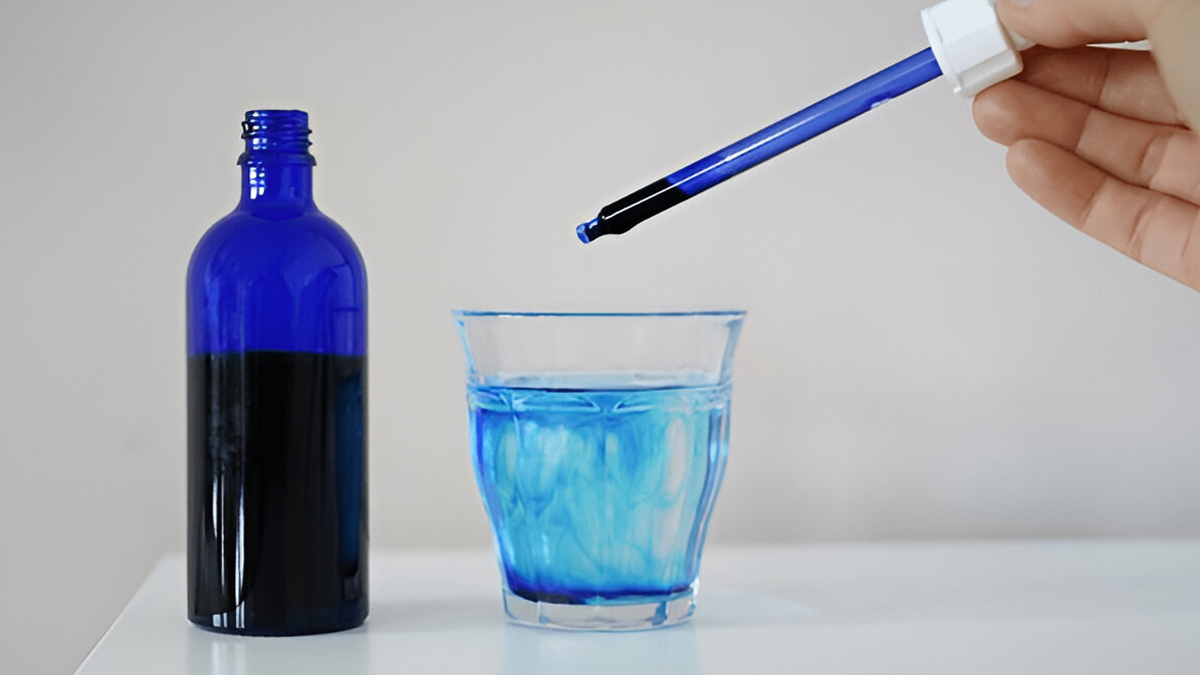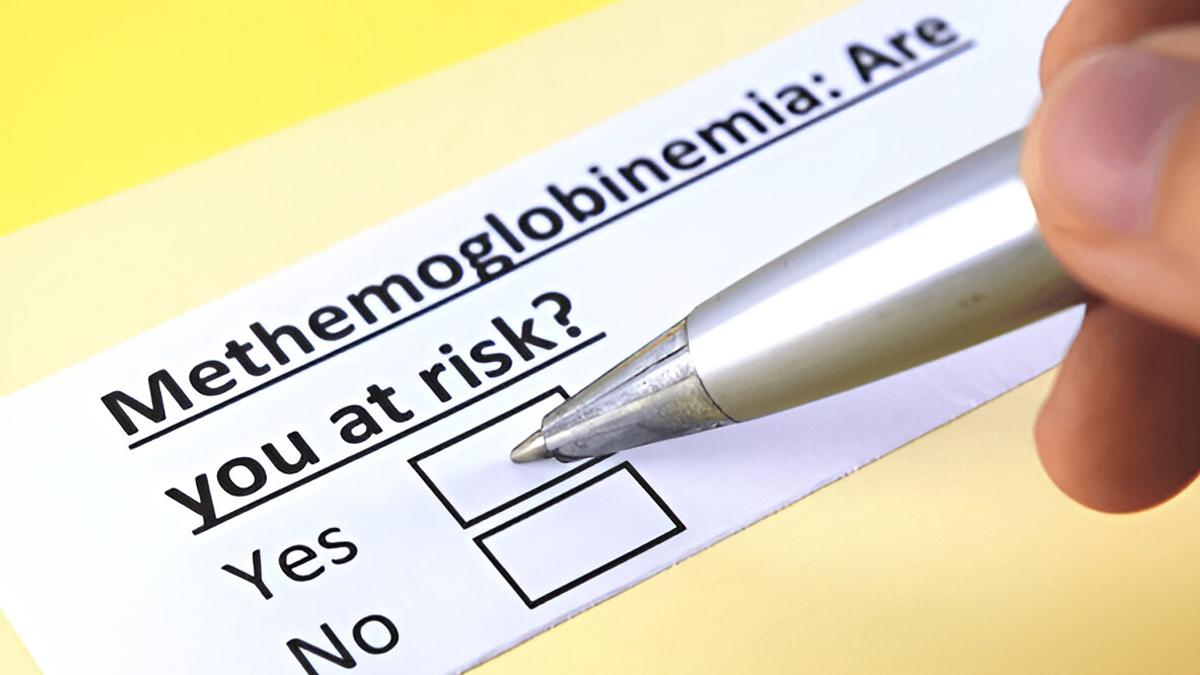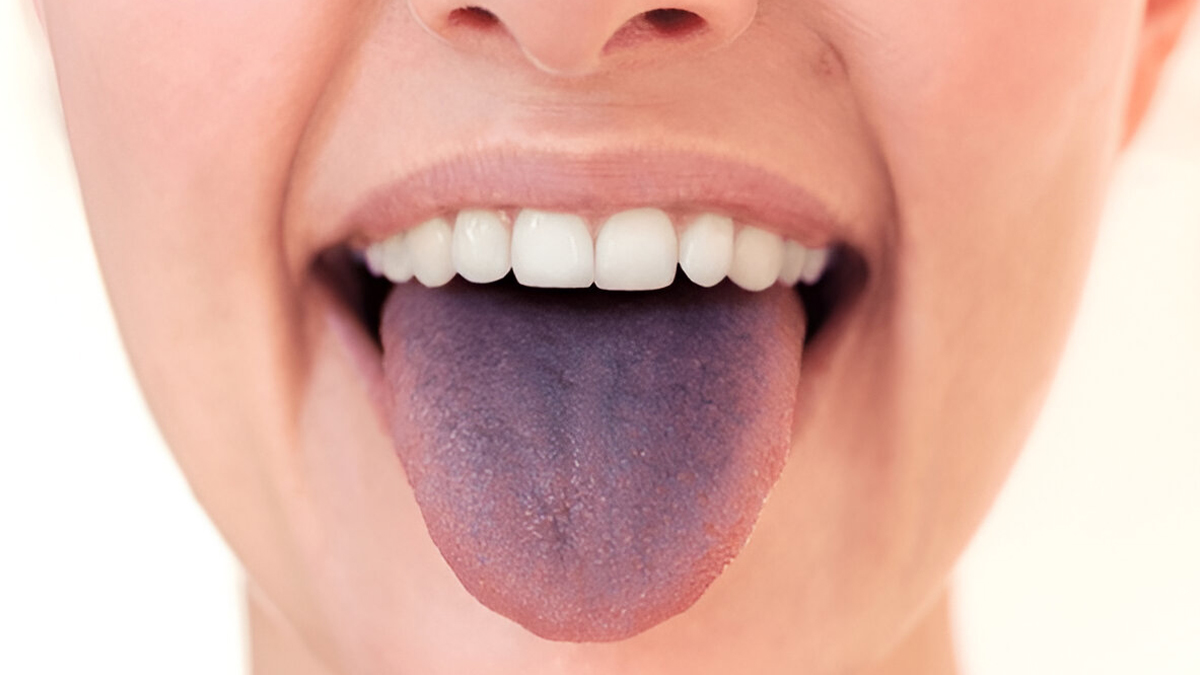
Bryan Johnson, a multimillionaire known for his anti-ageing pursuits, casually announced on X (formerly called Twitter) that his 'urine is now blue'. "Started Methylene Blue today," the status read.
Table of Content:-
This is not the first time that the Silicon Valley biohacker has revealed to the world his decision. Earlier this year, in May, he posted a picture on X with a caption that read, "Starting methylene blue; protocol and evidence rationale coming soon."
Many biohacker influencers like Johnson have claimed that if used correctly, methylene blue can help enhance mitochondrial function, which refers to the various activities carried out by mitochondria, the powerhouses of the cell.
But what is methylene blue? And is it really safe to take? Let’s find out.
My urine is now blue.
— Bryan Johnson (@bryan_johnson) August 5, 2025
Started Methylene Blue today.
What Is Methylene Blue?

Methylene blue, also known as methylthioninium chloride and basic blue 9, is a cobalt-blue synthetic dye that is used as a medication to treat a rare blood problem called methemoglobinemia.
Methemoglobinemia is a blood disorder where there's an excessive amount of methaemoglobin in the blood, which reduces the blood's ability to carry oxygen. This can lead to a range of symptoms, from mild to severe, including bluish skin (cyanosis), shortness of breath, and, in severe cases, seizures or even death.
Methylene blue was first synthesised in 1876 by Heinrich Caro at Germany’s BASF company for use as a textile dye. However, its use in medicine began in the late 19th century when researchers, including Paul Ehrlich, discovered its ability to selectively stain and target certain microorganisms, including the malaria parasite.
Also Read: Methylene Blue: The Viral ‘Magic’ Drug Taking Over Social Media – But Is It Really Safe?
Is Methylene Blue Safe To Take?

The US Food and Drug Administration (FDA) has also approved methylene blue and describes it as an oxidation-reduction agent indicated for the treatment of paediatric and adult patients with acquired methemoglobinemia. Methylene blue can also be used in the treatment of ifosfamide-induced encephalopathy or cyanide poisoning. Additionally, not only does the drug aid in the detection of multiple types of cancerous and precancerous lesions, but when combined with light therapy, it can also help treat lung cancer, breast cancer, and others, according to Harvard Health Publishing.
However, the FDA cautions against the serious central nervous system (CNS) reactions that develop when the drug methylene blue is given to patients taking psychiatric medications. "Although the exact mechanism of this drug interaction is unknown, methylene blue inhibits the action of monoamine oxidase A—an enzyme responsible for breaking down serotonin in the brain. It is believed that when methylene blue is given to patients taking serotonergic psychiatric medications, high levels of serotonin can build up in the brain, causing toxicity. This is referred to as Serotonin Syndrome".
Also Read: Bryan Johnson Injects Brain With Anti-Depressant Ketamine: How Safe Is It?
View this post on Instagram
Who Should Avoid Taking Methylene Blue?

According to StatPearls Publishing, methylene blue should be avoided by certain individuals due to the risk of serious side effects. People with G6PD deficiency, a genetic enzyme disorder, should not take it, as it can lead to haemolytic anaemia, a condition where Red Blood Cells break down rapidly, often showing up as jaundice and Heinz bodies in blood tests.
It's also contraindicated in individuals who’ve had allergic reactions or anaphylaxis to it in the past. Pregnant women, especially during the second trimester, should avoid methylene blue entirely, as it's been linked to foetal harm and intestinal birth defects, earning it a Pregnancy Category X rating from the FDA.
Moreover, people with kidney problems should also use caution, as methylene blue can reduce renal blood flow and worsen kidney function.
Also watch this video
How we keep this article up to date:
We work with experts and keep a close eye on the latest in health and wellness. Whenever there is a new research or helpful information, we update our articles with accurate and useful advice.
Current Version